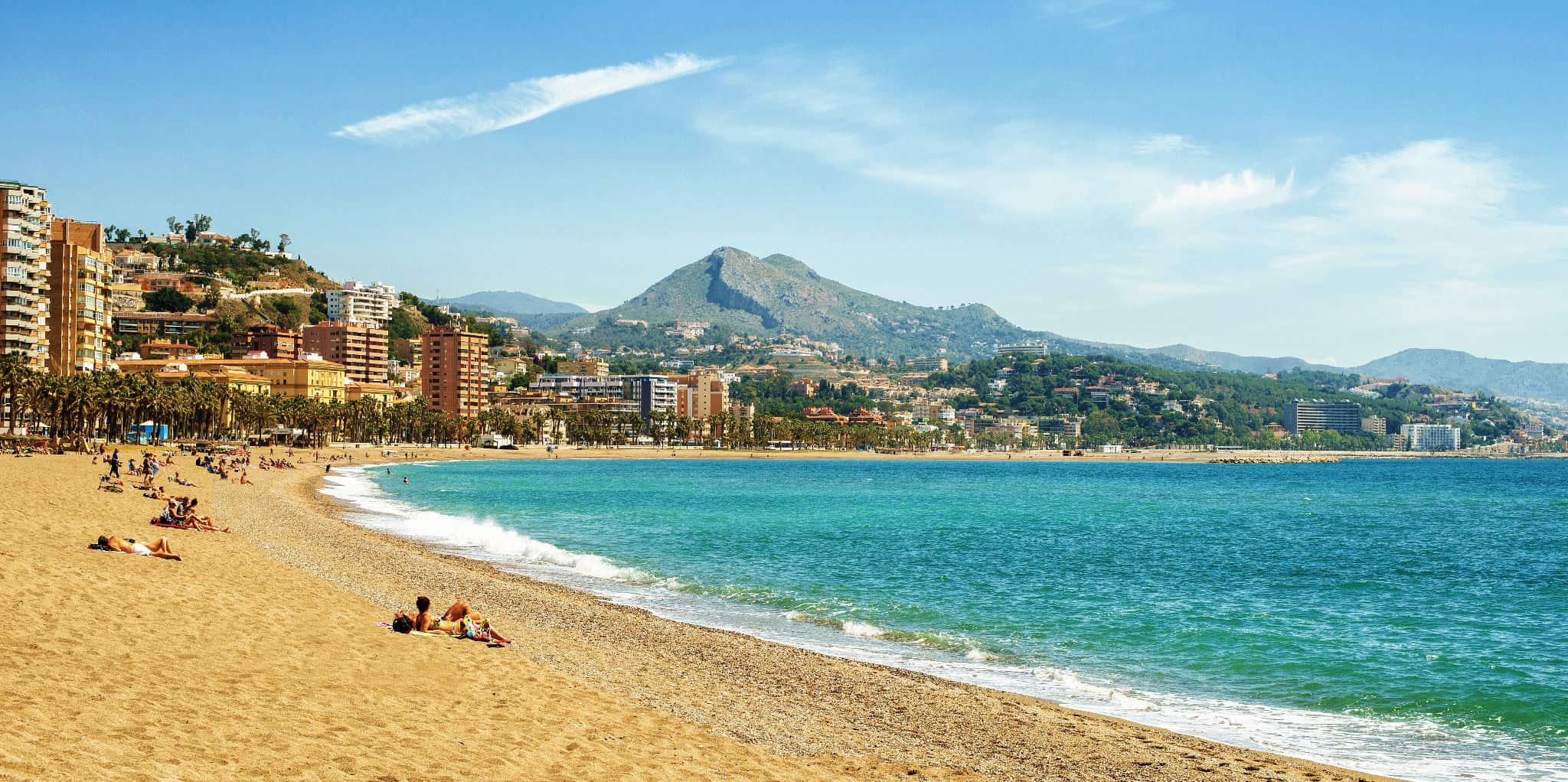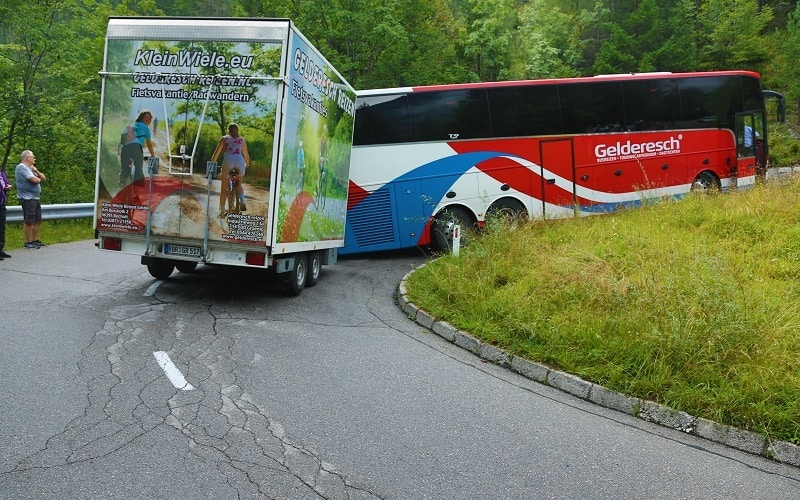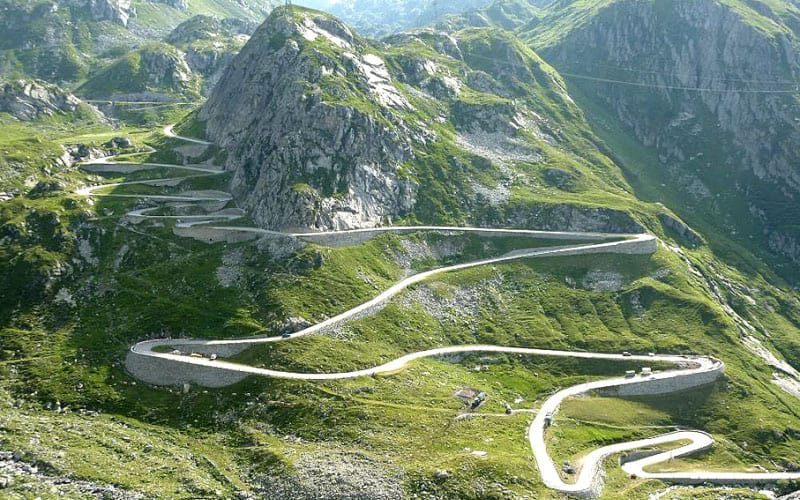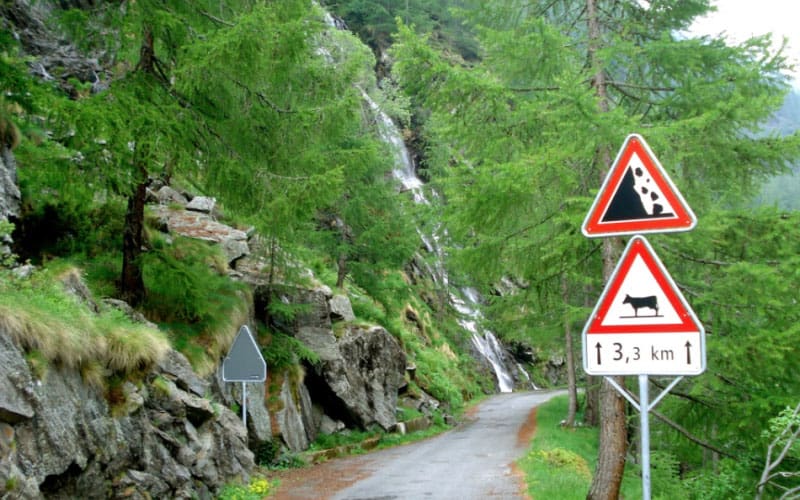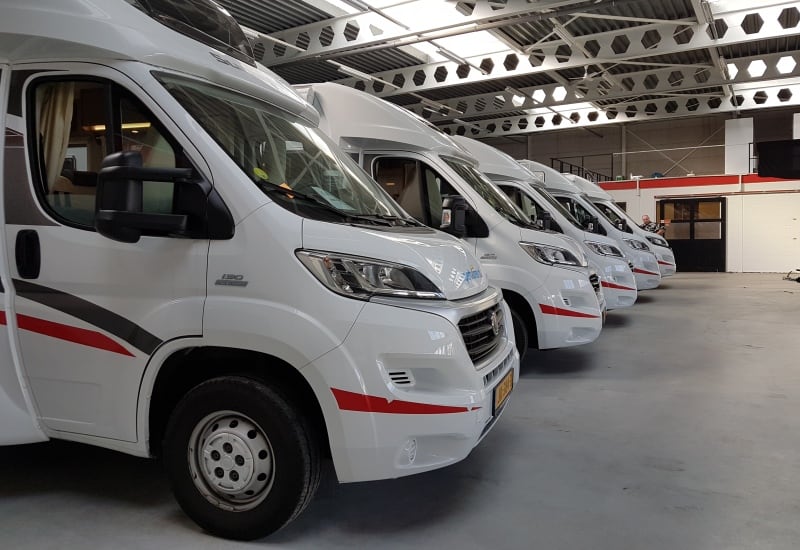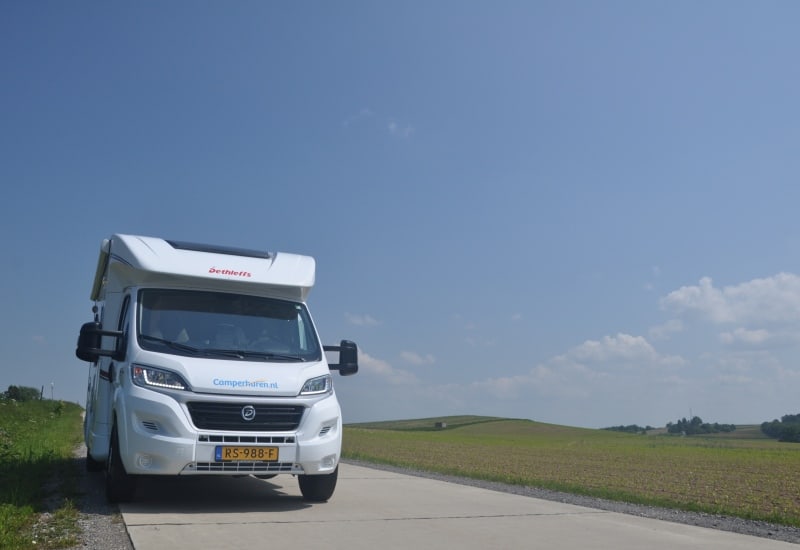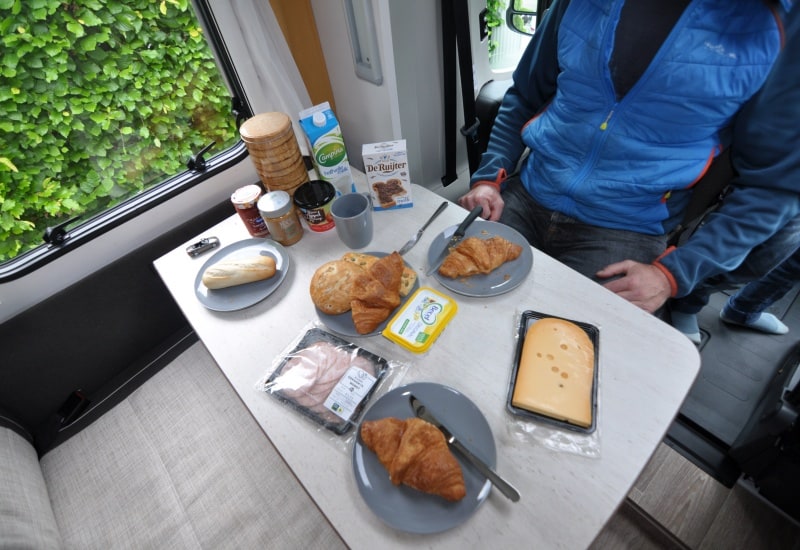Tips for driving a camper through the mountains
Are you going out with a camper? Then there is a good chance that you will encounter mountains. Exciting how you and the camper are going to do it? Then this article will hopefully reassure you, because good preparation is half the battle. Avoid surprises and read our tips for driving through the mountains with a camper. Bet that the holiday joy will only increase?
Fiat Ducato is a great mountain goat
And let all campers from Camperhuren.nl just have a Fiat Ducato chassis. With a 2.3 L Multijet engine and at least 130 HP, sometimes even 150 HP. That is more than enough pulling power, even in the mountains, for our up to 3.500 kg heavy motorhomes. Extra nice is the report that the Ducato chassis has been awarded the title 'Best motorhome chassis from 2018'has won! The prestigious prize has been awarded by the readers of the German trade magazine 'Promobil', which has been an important reference point for trends in the motorhome sector for more than 25 years. That is nice to drive away, right?
Nice extra: watch a video here of the production process of a Fiat Ducato chassis.
Take it easy, you have vacation
A steep mountain road is slightly different than a flat highway here in the Netherlands. Therefore, adjust your driving style and take it easy, you never know who or what you will encounter after that sharp hairpin bend. Do you have to drive a long way? Then plan this outside of peak hours, especially when it is hot outside. Driving on a mountain road in the heat requires a lot from the engine. By avoiding traffic jams, you prevent the engine from overheating. Also make sure that the camper has enough fuel, because you often don't come across petrol stations in the mountains.
Priority rules
The priority rules for a slope or mountain are simple: rising traffic always has priority over falling traffic. But watch out for buses! They always have priority. Large buses also honk as they approach a bend. Then stop well before the bend, so that the driver has enough space to make the bend safe.
Drive uphill
In the mountains you have to rev up. Forget about the new way of driving and do not let the camper in too high a gear, so at low revs, to toil up the mountain. The motor will then be overloaded and may overheat. A good rule of thumb: if you hit the gas, the camper should still be able to accelerate. Are you driving at full throttle and the camper does not accelerate or even slows down? Then switch back. It is normal for the rev counter to be between 3000-4000. Starting from our rental campers with 6 gears it is usually sufficient to use gears 1 to 3 only. Do you drive automatic? Then choose, both uphill and downhill, for the manual mode or one of the special mountain gears, usually indicated with 1, 2 or 3. In D (Drive), the camper switches too quickly uphill and does not brake on the engine downhill.
Parking and acceleration on a steep slope
In the mountains you have the most beautiful views and of course you want to capture them on camera. In such a case, park the camper in a safe place and enjoy the moment. How to park safely:
- Always use the parking brake;
- Put your camper in first gear;
- Place a heavy object behind the wheels of the camper;
- Turn the handlebar the other way. If the camper nevertheless rolls away, it will only run. That way he can never roll down the mountain.
Ready to move on? Then pull up with power to prevent wear on the clutch plate. Allow the engine to rev up and then release the clutch very gradually. This is how your motorhome accelerates. Also keep a sufficient distance to the vehicle in front to prevent you constantly having to depress the clutch.
Curves, tunnels and falling rocks
Mountain roads are known for sharp curves and steep drop-offs next to the road. Therefore, take the corners very carefully and watch your speed. It is also not wise to brake or shift gears when cornering. Do this before taking a turn. Are you approaching a very steep turn? Then take the outside turn when driving in the mountains. Larger campers have a large overhang from the rear wheel. If you take a very steep corner, the back of the motorhome can rub against the road surface. Prevent damage to the camper by taking the bend well. If you're not sure if the RV can handle the corner, let a fellow traveler get out to make the estimate better.
Many mountain roads often have short and unlit tunnels. Turn on the low beam and drive quietly, the transition from bright sun to the dark tunnel is great. Don't worry: in many mountain tunnels, water is dripping from the ceiling.
Do you see rocks on the road along a mountainside? Then there is a good chance that more will fall at that location. Drive well around it and do not stop.
Drive downhill
During the descent when driving in the mountains, it is important that you brake on the bike as well as with your brake pedal. So, just like when ascending, use a low gear and high revs. Here the rule of thumb applies: if you take your foot off the gas, the camper must slow down. If you are still going too fast, downshift. You can often use the same gear as when ascending.
Too high a speed is also not good, because then the temperature of the engine can rise too quickly. That is why it is important that you occasionally apply the brakes with the brake pedal. You do additional braking short and powerful and not long and moderate. This prevents you from demanding everything from your brakes. If you keep on braking, the brakes will glaze and they will no longer work properly. Never drive downhill in neutral, you are an uninhibited projectile and that can be dangerous.
What to do with an overheated engine?
It is no fun standing on the side of a steep road with an overheated engine. Driving up and down a hill requires a lot of the engine. Therefore, keep an eye on the temperature gauge. This indicates the temperature of the coolant in the engine. Is the temperature gauge rising? Then downshift and increase the speed so that the water pump and fan spin faster. Also turn off the air conditioning so that the engine can use more of the cooling. You can turn on the heater and blower to the full to dissipate excess heat. Is the temperature not dropping or even increasing? Then a stop is necessary. Park the motorhome in a safe place, turn off the engine, but leave the ignition on. Your lights and dashboard are still on. That way, the fan keeps running with the engine off, speeding up the cooling process. If necessary, open the hood to speed up this process, but count on at least 30 - 45 minutes before everything has cooled down sufficiently. Enough time to enjoy the beautiful view and a nice snack.
In Summary
- Rule of thumb when going uphill: use a low gear and let the engine run sufficiently.
- Rule of thumb for downhill: use the same gear as uphill so that you brake on the motorcycle. Additional braking is short and powerful and not long and moderate.
- Increasing traffic always has priority over decreasing traffic (except buses, which always have priority).
- Is the temperature of the engine rising? Then switch off the air conditioning, the heater and the blower at full power. Still too hot? Stop and let cool.
Do you dare?
After reading this article, do you have a good idea of how to drive a camper in the mountains? And are you already eager to make a wonderful tour? Then take a look at our rental campers to choose your favorite camper. In addition to renting a motorhome, you can also come to us for all kinds of things practical extras. Happy Holidays!
